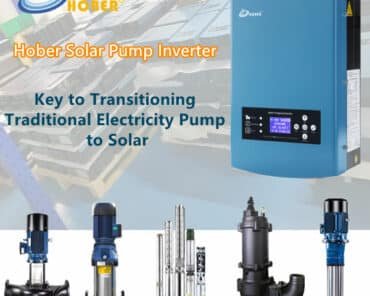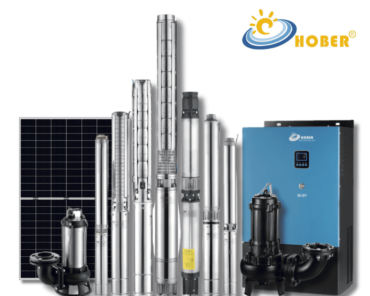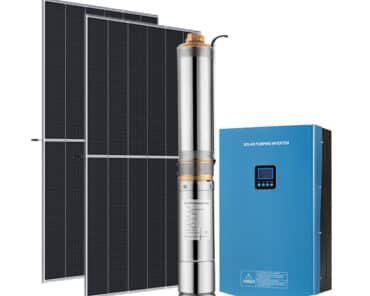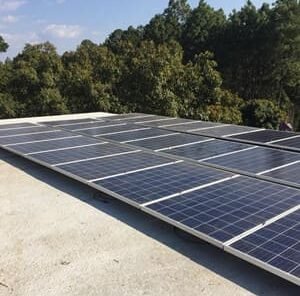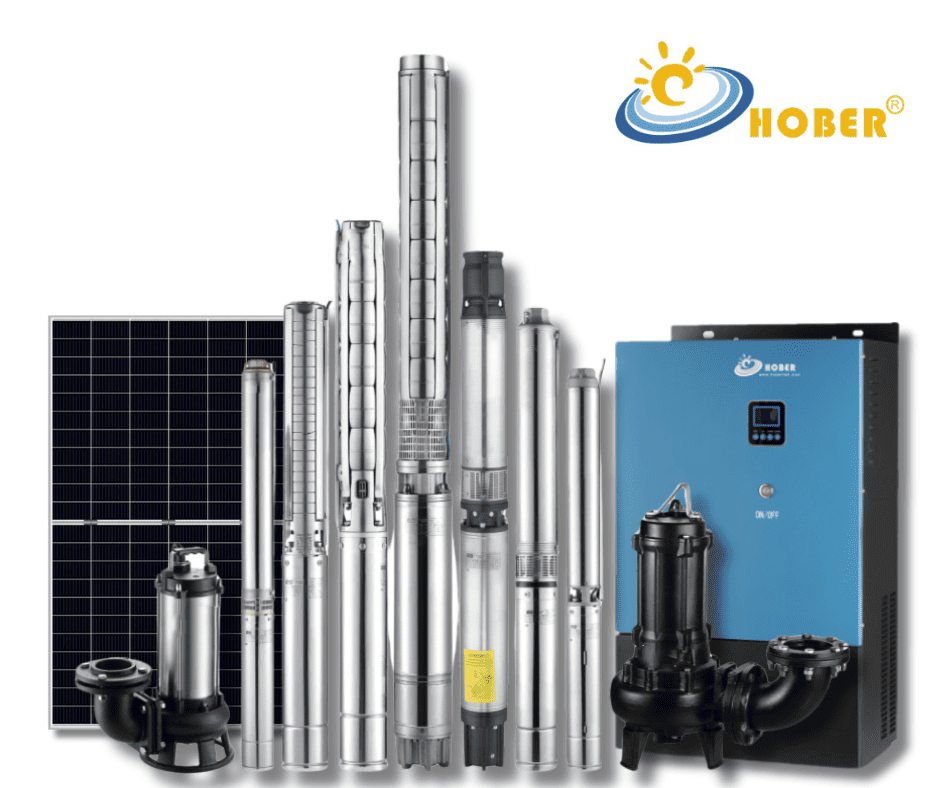When it comes to solar water pumps, the choice of the motor is crucial in determining efficiency, cost-effectiveness, and longevity. This article focuses on the different pole of solar water pump motors, guiding you through the decision-making process.
2-Pole Solar Water Pump Motors: High-Speed Efficiency and Cost-Effectiveness
- Speed and Efficiency: 2-pole solar water pump motors typically operate at around 2980 rpm. Their high rotational speed leads to higher efficiency, which is beneficial in certain applications.
- Compact and Lightweight: These motors are smaller and lighter, facilitating easier installation and handling.
- Affordability: The initial cost for both the solar water pump and its motor is lower, making it an economical option for budget-sensitive projects.
- Drawbacks: The major disadvantages include increased vibration, poorer cavitation performance, and a greater need for part replacements. This can result in higher maintenance costs over the pump’s lifespan.
4-Pole Solar Water Pump Motors: Low-Speed Reliability and Longevity
- Stable Operation: Operating typically at 1480 rpm, 4-pole motors are known for their stable and low-vibration performance, ideal for installations where this is crucial.
- Better Cavitation Performance: They exhibit superior cavitation characteristics, reducing wear and tear.
- Durability: These motors generally require fewer replacements of parts, ensuring lower maintenance costs in the long term.
- Disadvantages: The downsides are their larger size, higher initial investment, and heavier weight, which might affect installation and upfront costs.
Deciding Between High-Speed and Low-Speed Solar Water Pump Motors
Your choice between a high-speed 2-pole motor and a low-speed 4-pole motor should be guided by your specific needs and constraints:
- Budget Considerations: If initial cost is your primary concern, a 2-pole solar water pump motor presents an economical choice, though it may lead to higher maintenance expenses in the future.
- Focus on Long-Term Value: For those who can afford a higher initial investment, a 4-pole motor is advisable. It offers lower maintenance costs and enhanced durability, making it a prudent long-term investment.
- Application Requirements: Evaluate the specific demands of your application. While some scenarios may benefit from the efficiency of a 2-pole motor, others might require the stability and endurance of a 4-pole motor.
In summary, the decision between 2-pole and 4-pole solar water pump motors is a balance of efficiency, cost, and maintenance considerations. By thoroughly evaluating these aspects, you can select a motor that not only meets your immediate needs but also offers sustained performance and value over time.

